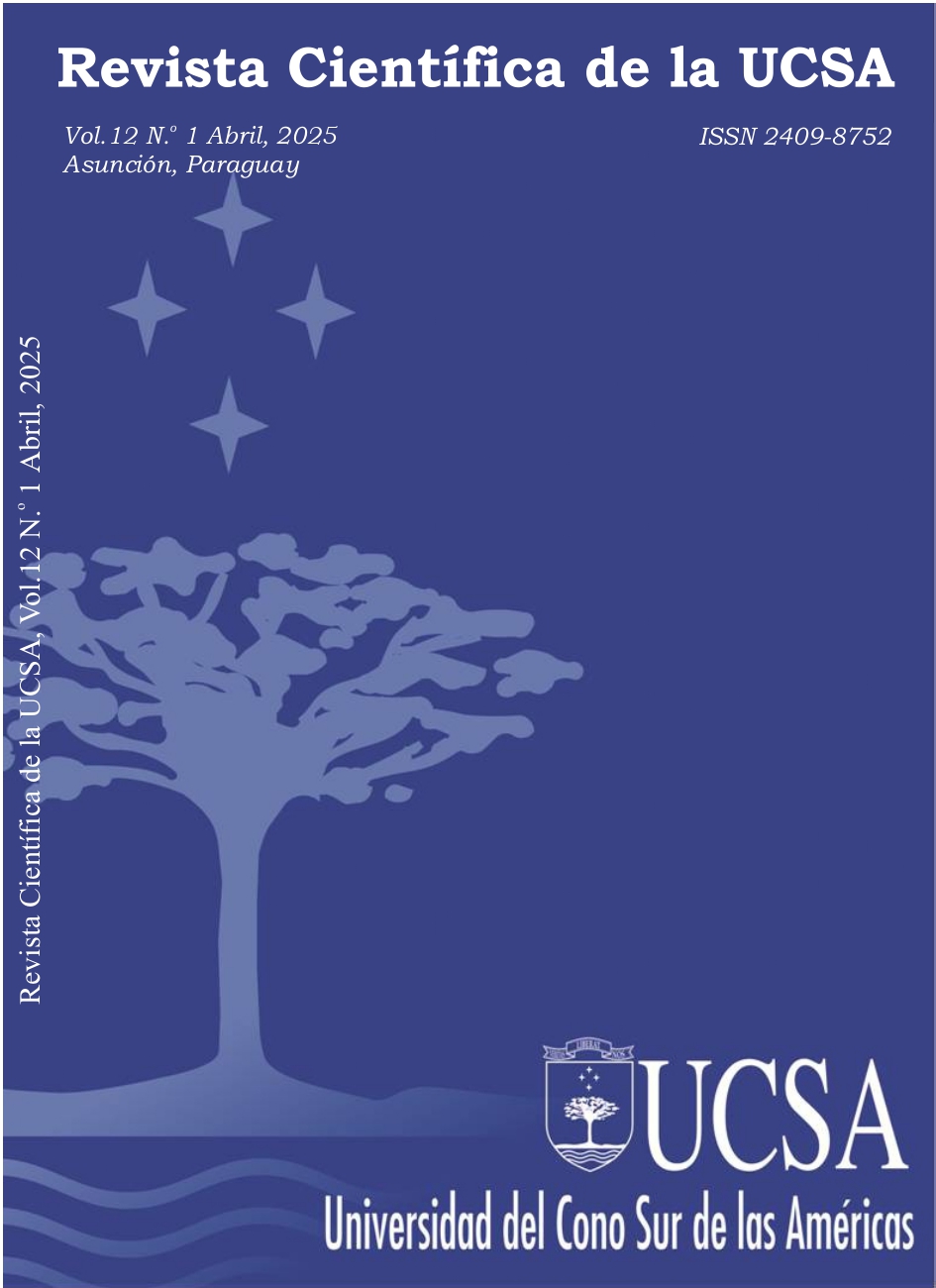Semiotics at the core of qualitative research: A bibliometric analysis
Main Article Content
Abstract
This article explores the intersection between semiotics and qualitative research, highlighting their complementary roles in understanding complex social phenomena. Through bibliometric analysis, it is analyzed how semiotic frameworks can enrich qualitative methodologies, providing a deeper understanding of consumer behavior and cultural narratives. A search was carried out in high-impact scientific databases, such as Scopus and Web of Science, using Boolean operators and specific filters to guarantee the relevance and quality of the publications, prioritizing those in indexed and accessible scientific journals, thus ensuring the rigor of each study. As a result, it was revealed that semiotics is relevant in qualitative research, highlighting its complementarity, enriching this discipline, semiotics offers a framework to analyze cultural symbols and their meanings, allowing cultural complexities to be unraveled. It concludes by highlighting the importance of semiotics as a critical axis in qualitative research.
Article Details
Section
How to Cite
References
Adami, E., Djonov, E., & Liu, Z. (2024). Doing citizen sociosemiotics in the Covid-19 pandemic. Discourse & Communication, 18 (5), 663-692. https://doi.org/10.1177/17504813241241958
Álvarez-Gayou, J. (2003). Cómo hacer investigación cualitativa. Fundamentos y metodología. Paidós.
Barnham, C. (2019). Qualitative semiotics: Can we research consumer meaning-making? International Journal of Market Research, 61 (5), 478-491. https://doi.org/10.1177/1470785319851317
Barton, G., Burke, K., & Freebody, P. (2022). Disciplinary literacies in the arts: Semiotic explorations of teachers’ use of multimodal and aesthetic metalanguage. International Journal of Education & the Arts, 23 (8), 1-23.
Barton, G., Lowien, N., & Hu, Y. (2021). A critical semiotic investigation of Asian stereotypes in the short film Bao: Implications for classroom practice. The Australian Journal of Language and Literacy, 44 (1), 5-16.
Berners-Lee, B. (2024). The semiotics of digital cartography at the Geoguessr interface: A practice-oriented case study. New Media and Society, 26 (12), 6881-6899. https://doi.org/10.1177/14614448231160132
Collier, D. R., Moffatt, L., & Perry, M. (2015). Talking, wrestling, and recycling: An investigation of three analytic approaches to qualitative data in education research. Qualitative Research, 15 (3), 389-404. https://doi.org/10.1177/1468794114538896
Fontanille, J. (2014). Prácticas semióticas (D. Blanco, Trad.). Fondo Editorial de la Universidad de Lima. (Obra original publicada en 2008).
Gómez, L. J. S., & Avila, N. Y. S. (2020). Configurations of mathematical objects and mathematical processes of integral calculus. Praxis & Saber, 11 (26), e10992. https://doi.org/10.19053/22160159.v11.n26.2020.10992
Guissoni, R., Luderer, C. A. F., de Carvalho, J. M., & Mello, C. M. (2023). The tourism semiotics for visual analysis. Revista Brasileira de Pesquisa em Turismo, 17, e2632. https://doi.org/10.7784/rbtur.v17.2632
Kress, G. (2010). Multimodality: A social semiotic approach to contemporary communication. https://doi.org/10.4324/9780203970034
Mikhaeil, C. A., & Baskerville, R. L. (2019). Using semiotics to analyze representational complexity in social media. Information and Organization, 29 (4), 100271. https://doi.org/10.1016/j.infoandorg.2019.100271
Sommer, V. (2021). Multimodal analysis in qualitative research: Extending grounded theory through the lens of social semiotics. Qualitative Inquiry, 27 (8-9), 1102-1113. https://doi.org/10.1177/1077800420978746
Schettini, P. y Cortazzo, I. (2015). Análisis de datos cualitativos en la investigación social: procedimientos y herramientas para la interpretación de información cualitativa. Universidad Nacional de La Plata. https://sedici.unlp.edu.ar/bitstream/handle/10915/49017/Documento_completo.pdf?sequence=1
Tang, K.-S., Murcia, K., Brown, J., Cross, E., Mennell, S., Seitz, J., Phillips, S. R. P., & Sabatino, D. (2024). Exploring the multimodal affordances of digital coding devices in fostering creative thinking in early childhood education. Thinking Skills and Creativity, 53, 101602. https://doi.org/10.1016/j.tsc.2024.101602
Van Leeuwen, T. (2001). Multimodal discourse: The modes and media of contemporary communication.
Vygotsky, L. S. (1978). Mind in society: The development of higher psychological processes. https://doi.org/10.2307/j.ctvjf9vz4
Yamagata-Lynch, L. C., Skutnik, A. L., Garty, E., & Do, J. (2016). Interactionist qualitative research as a semiotic mediation activity. SAGE Open, 6 (3), 1-14. https://doi.org/10.1177/2158244016666889
Yong, Q., & Rao, X. (2024). Exploring textual–visual strategies in internet-based light food advertising: A study of Taobao advertisements in China. Humanities and Social Sciences Communications, 11 (1), 645. https://doi.org/10.1057/s41599-024-03087-1
Zha, D. D., Foroudi, P. & Marvi, R. (2024). Experience-dominant logic: Laying the groundwork for an experience-dominant view of firm practices in the marketplace. Qualitative Market Research, 27 (4), 650-681. https://doi.org/10.1108/QMR-05-2023-0070

